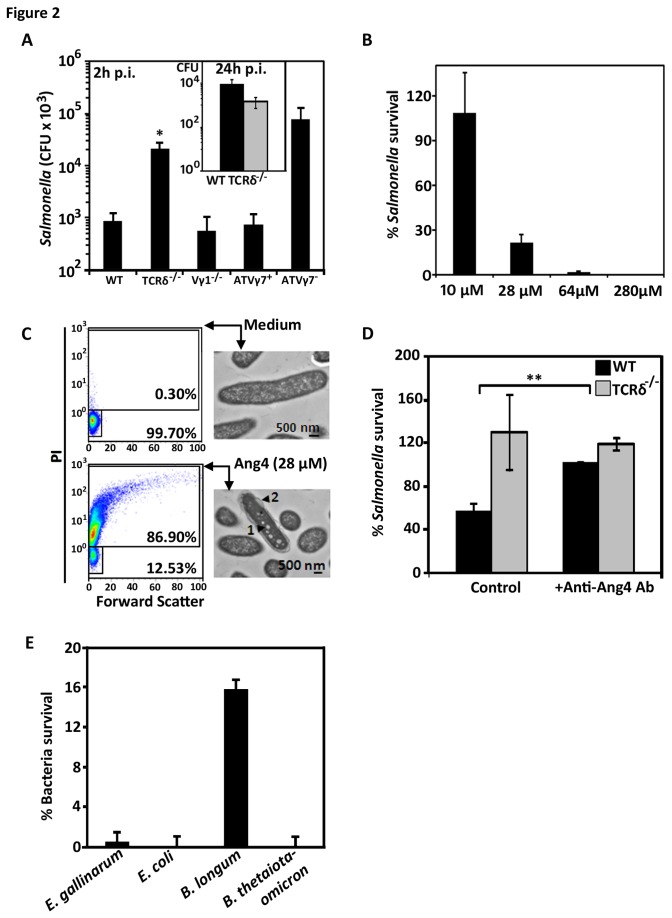Figure 2. Vγ7+ iIELs are involved in resisting Salmonella invasion.
(A) SL1344-Tnlux Salmonella population levels in the intestinal (ileal) mucosa of WT, TCRδ-/- and TCRVγ1-/- mice (n=10-12) and in TCRδ-/- mice reconstituted with either Vγ7+ iIELs (ATVγ7+) or Vγ7- iIELs (ATVγ7-) (n=5-6) 2h after oral challenge, (*p<0.01 comparing TCRδ-/- with WT group). Salmonella CFU were quantified as described in the Materials and Methods. Inset: CFU of Salmonella SL1344wt strain in ileal mucosa 24h post-oral challenge. (B) Survival of 1x105 S. Typhimurium SL1344 after 1h exposure to increasing amounts of recombinant Ang4, expressed as a percentage of population treated with PBS only. Data shown (mean±SEM) are representative of three independent experiments, each performed in triplicates. (C) Viability and cell membrane alteration of Ang4-treated Salmonella as assessed by PI staining and flow cytometry, and by transmission electron microscopy. The proportion of viable and dead bacteria after incubation with Ang4 or PBS is indicated by the % values shown in the quadrants. The TEM images are representative of 200‑300 Salmonella cells observed. The black arrowheads indicate regions of vesicle‑like structures (1) and blebbing of the outer membrane (2). (D) Survival of 1x105 CFU S. Typhimurium SL1344 exposed to freshly collected TCRδ-/- and WT crypt exudates in 10mM iPIPES (PIPES containing 137mM NaCl) in presence or absence of anti-Ang4 neutralising antibody (M20; Santa Cruz) (mean±SEM; **p≤0.005). Survival to Ang4 exposure was measured relative to that in non-treated exudates. (E) Survival of 1x105 Enterococcus gallinarum, Escherichia coli, Bifidobacterium longum and Bacteroides thetaiotaomicron commensal bacteria after 1h exposure to 28μM of recombinant Ang4, expressed as a percentage of population treated with PBS only. Data shown are the mean±SEM of three independent experiments.

